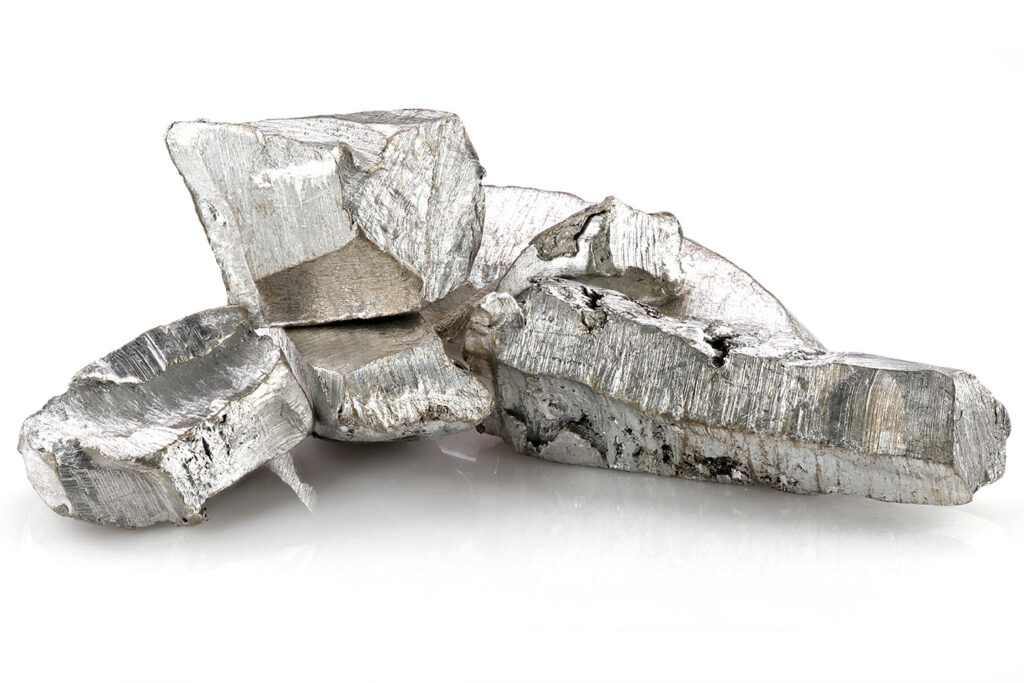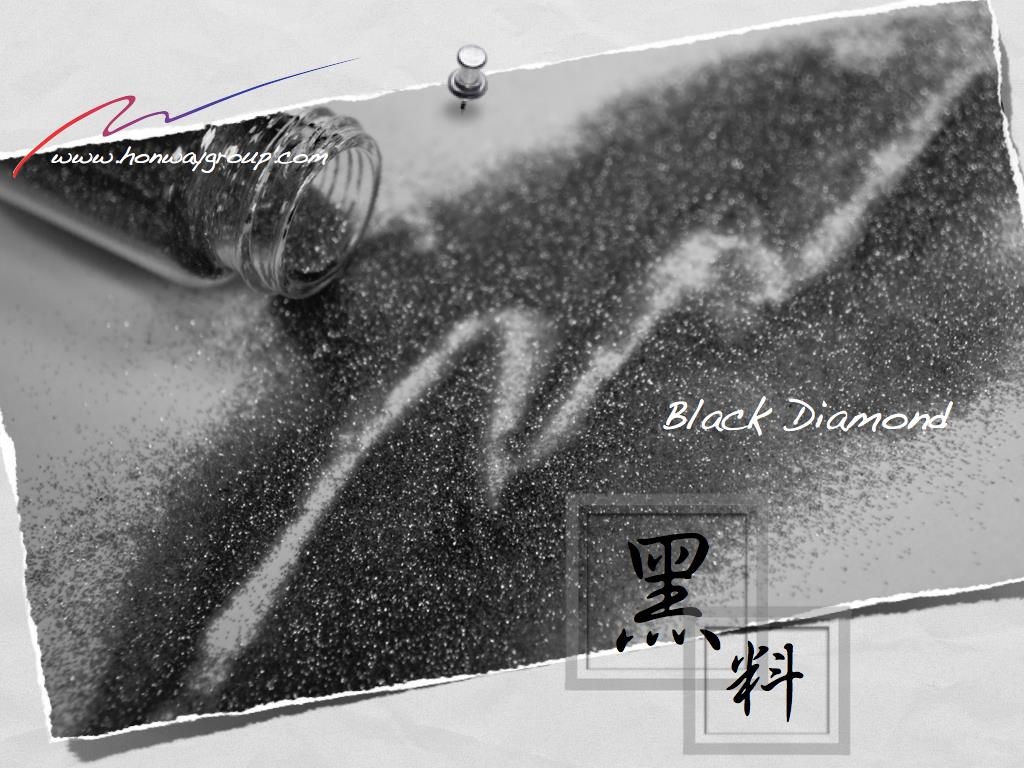Among many metallic elements, Cadmium (Cd) holds an important position in industrial and technological fields due to its unique physical and chemical properties. It is a soft, silvery-white metal with good ductility and corrosion resistance, widely used in batteries, pigments, coatings, alloys, and semiconductor materials. However, cadmium is also a highly toxic metal, and long-term contact or ingestion can pose a serious threat to human health and the environment. Because of its dual nature as both a “critical raw material” and a “potential hazard,” cadmium is an important element that cannot be overlooked in scientific research, industrial applications, and environmental management.
Table of Contents
Table of Contents
The Historical Origin of Cadmium
Cadmium (Cadmium, Cd) was discovered in 1817 by German scientist Friedrich Stromeyer when he accidentally isolated it as an impurity while testing medicinal zinc carbonate. Since cadmium is chemically very similar to zinc, it typically does not exist alone as a mineral but is extracted as a byproduct from zinc-containing ores like sphalerite. The United States began producing cadmium in 1907, and it entered an era of large-scale application after World War I.
A Basic Introduction to Cadmium

Cadmium is a soft, silvery-white metal with good ductility and malleability, allowing it to be easily cut and shaped with a knife. It is a rare element in nature, accounting for about 0.1 ppm of the Earth’s crust, and is primarily obtained as a byproduct from the smelting of zinc, lead, and copper ores. Due to its good stability, cadmium plays an important role in many industrial applications, but it is also a source of concern because of its high toxicity.
Physical Properties
- Atomic weight: 112.41
- Density: 8.65 g/cm³
- Melting point: 321.07 °C
- Boiling point: 767 °C
- Appearance: Silvery white, soft, can be cut with a knife
- Features: Good ductility and corrosion resistance, powder may burn and release toxic fumes
Cadmium has a relatively low melting point, which gives it an advantage in heating or welding applications.
Chemical Properties
Cadmium burns in air to form a brown, amorphous cadmium oxide. Its crystals are red and change color upon heating, similar to zinc oxide.
- It is soluble in hydrochloric acid, sulfuric acid, and nitric acid, forming cadmium chloride, cadmium sulfate, and cadmium nitrate, respectively.
- It does not react easily with water, but it can release toxic gases at high temperatures or in powder form.
- It can form alloys with other metals, enhancing corrosion resistance and stability.
Purity and Specifications
Industrial cadmium is mostly produced in different purities according to application needs:
| Specification | Purity | Detection of impurities | Total impurity content |
| High purity cadmium (5N) | 99.999% | Ag、Al、Bi、Ca、Cr、Cu、Fe、Mg、Ni、Pb、Sb、Sn、Zn | <10ppm |
| Ultrapure cadmium (6N) | 99.9999% | Ag、Al、Bi、Cr、Cu、Fe、Mg、Ni、Pb、Sb、Sn、Zn | <1ppm |
| Ultra-high purity cadmium (7N) | 99.99999% | Ag、Al、Bi、Cr、Cu、Fe、Mg、Ni、Pb、Sb、Sn、Zn | <0.1ppm |
- Ordinary industrial grade: >99.5%, used for electroplating, pigments, and alloys.
- High-purity cadmium (>99.99%): Primarily used for II-VI compound semiconductors and electronic components.
- Ultra-high purity cadmium (>99.999%): Applied in scientific research, solar cells, and infrared detectors.
Scope of Application
Cadmium has a wide range of applications, covering energy, electronics, and special industries:
- Batteries: Mainly used in nickel-cadmium batteries (Ni-Cd Battery). Although it is gradually being replaced by lithium batteries, it still accounts for about 86% of global cadmium consumption.
- Pigments and Coatings: Used to make vivid orange-red pigments and stable coatings.
- Alloys and Solders: Enhances corrosion resistance and strength.
- Nuclear Energy Industry: Used in atomic reactor control rods because it can effectively absorb neutrons.
- Semiconductors and Optoelectronics: II-VI compounds (such as CdTe, CdS) are commonly found in solar cells, infrared detectors, and optoelectronic components.
More Honway raw material information
To learn more about how raw metals are driving next-generation technology, click on the links below to explore their properties, applications, and market prospects:
- Raw material – Arsenic (AS)
- Raw material – Selenium (Se)
- Raw material – tellurium (Te)
- Raw material-Indium (In)
- Raw materials – Antimony (Sb)
- Raw material-Germanium (Ge)
- Raw material-Gallium (Ga)
Read More Related Topics
- Gallium (Ga)>>>Gallium (Ga) – From Rare Metal to a Key Raw Material for Semiconductors and New Energy
You can also directly “contact our Honway expert team,” and we will provide the most professional customized consultation and solutions.
We offer customized adjustments to the grinding process, tailored to meet processing requirements for maximum efficiency.
After reading the content, if you still don’t know how to select the most suitable option,
Feel free to contact us and we will have specialist available to answer your questions.
If you need customized quotations, you’re also welcome to contact us.
Customer Service Hours: Monday to Friday 09:00~18:00 (GMT+8)
Phone: +8867 223 1058
If you have a subject that you want to know or a phone call that is not clear, you are welcome to send a private message to Facebook~~
Honway Facebook: https://www.facebook.com/honwaygroup
You may be interested in…
[wpb-random-posts]

